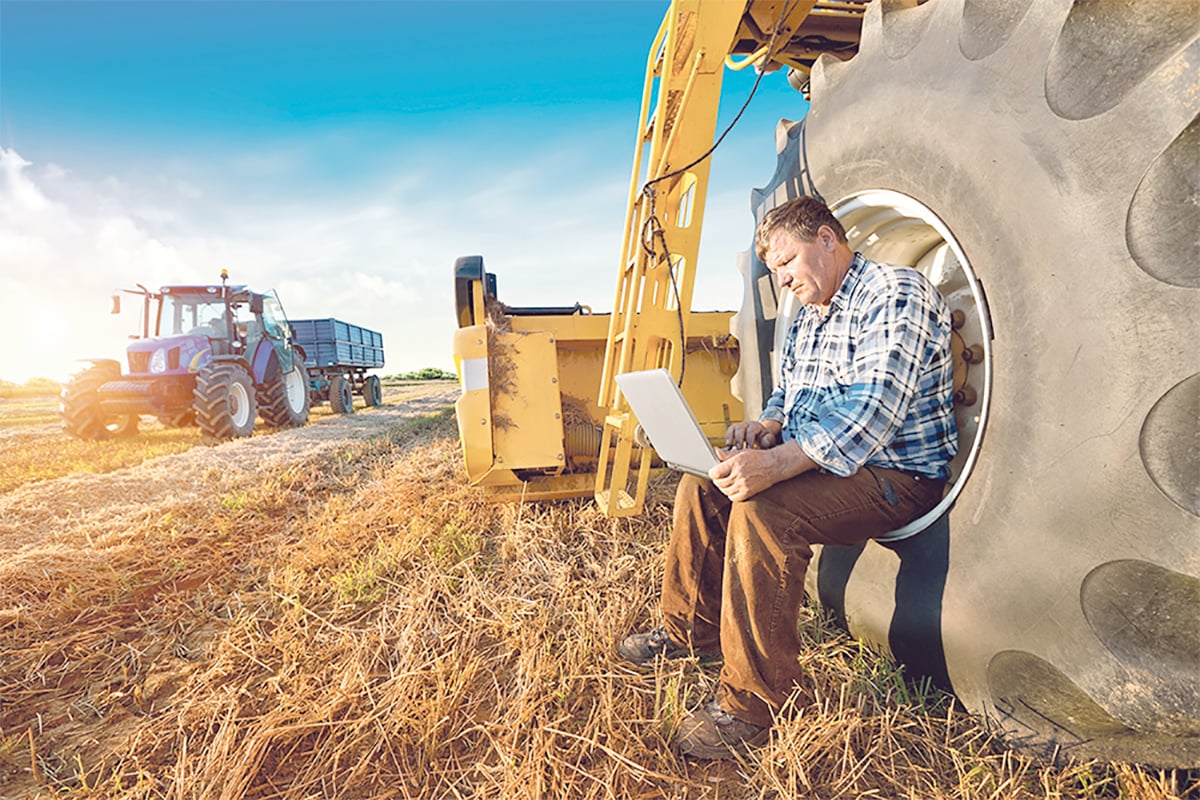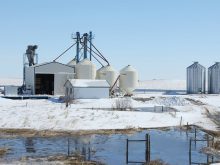I have heard of three accidents in recent weeks. I have to ask myself if they could have been prevented. It seems that having an attitude of safety could help reduce the risk.
Before participating in any activity, assess the risks and acquire necessary safety training and gear.
Risks
Operating an all-terrain vehicle:
- Is the equipment mechanically sound?
- What is the age and experience of the driver?
- Have there been alcohol or drugs consumed recently?
Read Also

Communication key to bridging generation gap
Each generation is shaped by the predominant forces at play during their formative years. Acknowledging these influences can improve communication among the generations.
Camping trip:
- How do you avoid mosquito bites and risks of West Nile virus?
- How do you avoid confrontations with bears?
Playground:
- Is the apparatus well maintained and does it have safety railings?
- Are the spaces between the spindles on a railing smaller than three and a half inches (9 cm) and larger than nine inches (22.5 cm) to prevent a child’s head and neck from being trapped between them?
- Is the equipment appropriate to your child’s age and abilities?
Training
ATVs:
- The machine is only as capable at the operator. Have you read the manual?
- Have you contacted your local safety council or ATV dealer to access training?
- Do you have a good map and have you checked the weather forecast for the area?
Camping trip:
- Does the campground have mosquitoes that carry the West Nile Virus?
- Have you sought instruction on how to deal with confrontations with wildlife?
Playground:
- Have you taught your children how far they should stay away from the front and back of swings to avoid being hit?
- Do they know to wait at the bottom of the slide ladder until the other child has gone down and do they know to move away from the bottom quickly to avoid collisions?
Safety gear
For ATVs:
- Is there a helmet with eye protection that provides a clear field of vision and is one available for each rider?
- Is the rider wearing a long-sleeved shirt, pants, sturdy shoes and gloves?
Camping:
- Are you using an insect repellent that contains DEET?
- Are you wearing a hat and clothes that are light coloured and cover most of your body?
Playground:
- Does the child’s clothing have drawstrings, straps or ties that could get caught and cause strangulation?
- Is the child wearing sturdy shoes and are the laces tied?
Preparation
ATV:
- Have you let others know where you are going and your expected time of return?
- Never travel alone and always stay with your group.
- Are you carrying a cellphone for emergencies?
Camping trip:
- Are the door and window screens in the tent or camper secure and free of holes?
- Do you have ointments to reduce the irritation of bites?
- Do you have airtight containers to store your food and garbage?
- Do you have a plan for where you will eat, prepare and store your food that is away from you tent and sleeping area?
- Do you have non-perfumed toiletries because bears are attracted by scents?
- Do you have a noisemaker to warn bears of your presence?
Playground:
- Do you have pre-moistened tissues and a bandage to care for scraped knees and elbows?
There is an abundance of safety information available for almost any activity.
Each province also has agriculture, occupational health and safety and health departments, utility companies, safety councils and individual companies that have safety information that you can access. Visit:
Canada Safety Council www.safety-council.org.
Government of Canada www.safecanada.ca
Public Health Agency of Canada www.phac-aspc.gc.ca/index-eng.php.
Safe Kids Canada, a national injury prevention program of The Hospital for Sick Children. www.safekidscanada.ca/safekidscanada/default.asp.
Canadian Food Inspection Agency website at www.inspection.gc.ca/english/toce.shtml or call 1-800-442-2342.
For food safety information, www.hc-sc.gc.ca/index-eng.php and Canadian Partnership for Consumer Food Safety Education www.canfightbac.org/en/.
Watercraft safety and boater’s exam www.boaterexam.com.
Canadian Pediatric Society www.caringforkids.cps.ca/resources/WhoWeAre.htm.
Canadian Centre for Health and Safety www.cchsa-ccssma.usask.ca/ahsn/links.php.
Making an emergency plan
Being prepared for emergencies can help to prevent injuries or deaths. Due to our country’s extreme weather, the government of Canada encourages families to develop an emergency plan and kit.
Knowing what to do in case of an emergency is important for all family members.
Before making your family’s plan, consider the following:
- List the ways to safely exit your home.
- Agree on a meeting place outside of your home where everyone will meet.
- Make arrangements for someone else to pick up your children if you are not available.
- Make a phone list of emergency contacts.
- Gather your health information and prescriptions.
- Make arrangements for where your pet could stay.
- Identify the types of disasters (fire, blizzard, wind) that might happen.
- All family members should know the location of the fire extinguisher, water valve, electrical box, gas valve and floor drain.
A basic emergency kit
In case of a natural disaster, your family needs to be self-sufficient for at least 72 hours. Most of the items needed for an emergency kit can be gathered from your home and then placed in a container that can be grabbed when needed. A suitcase with wheels or a backpack are good container options to consider.
Kits should include:
- Flashlight.
- Radio.
- Spare batteries.
- Water, at least two litres of water per person per day.
- Food that won’t spoil, such as canned food, energy bars and dried foods.
- Can opener.
- A first aid kit, including any prescription medications.
- Special needs items like infant formula or equipment for people with disabilities.
- Extra keys for your car and home.
- Cash.
- The family’s emergency plan and contact information.
Knowing first aid could save a life. Contact your local Canadian Red Cross or St. John Ambulance to find out about the courses offered in your area. Stay safe.
Farm and Home Safety Contest
A farm is a dangerous place to live and work and there are always things that can be done to make a home safer. What have you done to make your farm or home safer? We would like to hear from you. Send us your innovative ideas or a story about how your safety precautions made a difference.
Please send them to TEAM Resources at The Western Producer, Box 2500, Saskatoon, Sask., S7K 2C4 or team@producer.com by Oct. 15. We will review them and present prizes for the best safety idea or steps taken.
Have a safe summer.
Betty Ann Deobald is a home economist from Rosetown, Sask., and one of four columnists comprising Team Resources. Send correspondence in care of this newspaper, Box 2500, Saskatoon, Sask., S7K 2C4 or contact them at team@producer.com.














